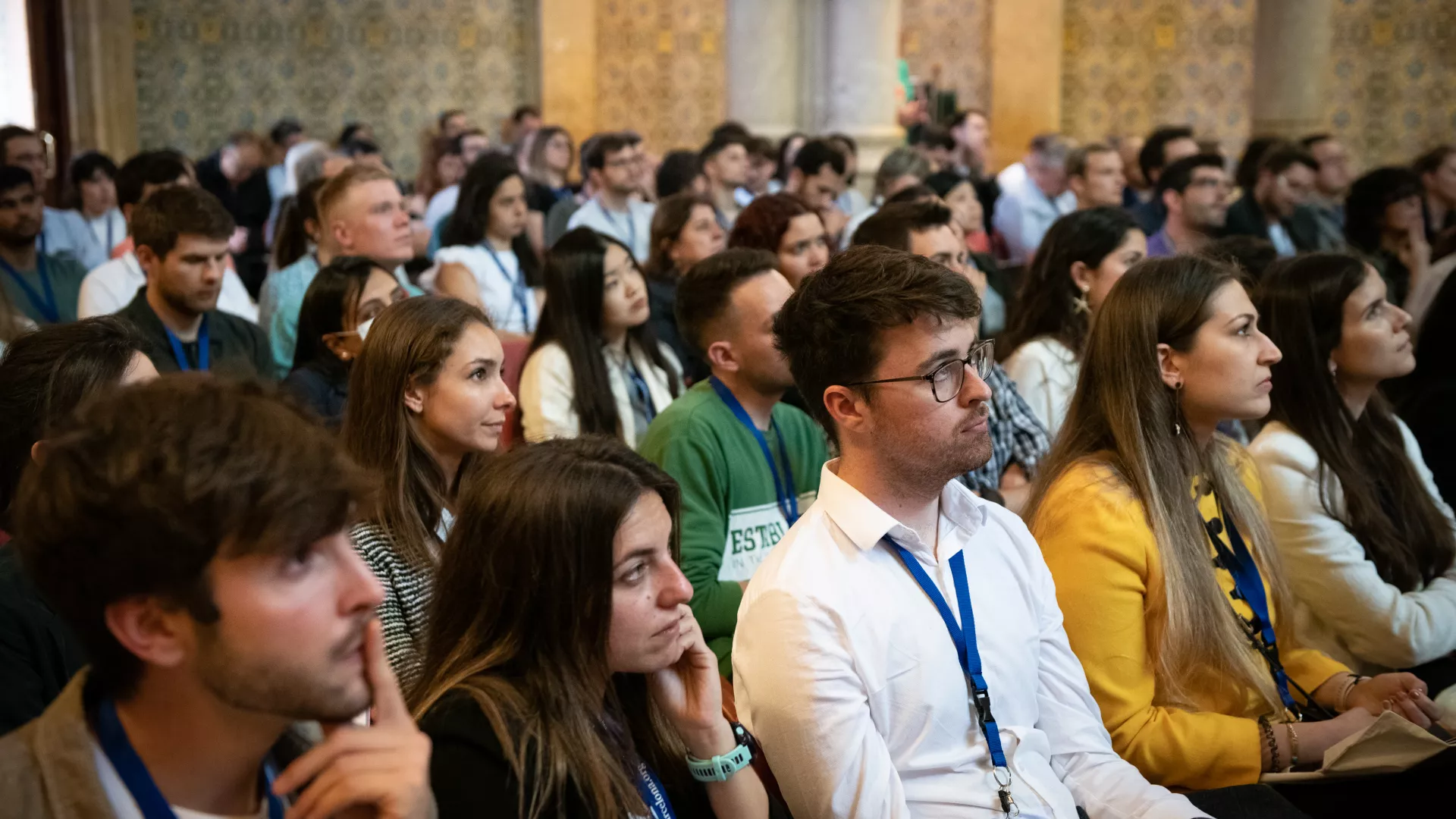Speaker: Jorge Ferrer, Ph.D., Group Leader, Regulatory genomics and diabetes LAB, Genome Regulation Center - CRG and CIBERDEM.
Presentation
Organizer: IRB Barcelona
Date: Friday 5 November, 12PM
Place: Fèlix Serratosa
Speaker: Jorge Ferrer, Ph.D., Group Leader, Regulatory genomics and diabetes LAB, Genome Regulation Center - CRG and CIBERDEM.
Title: “Genetic mechanisms underlying diabetes: insights from the noncoding genomen”
Host: Ferran Azorín, Ph.D., Group Leader , Chromatin Structure and Function Lab, - Mechanisms of Disease Programme - IRB Barcelona
Abstract:
Most genetic mechanisms that are currently known to underlie developmental processes and human diseases have been discovered by analyzing a very small fraction of the genome that encodes for protein-coding sequences. We now know that large portions of the noncoding genome contain functional regulatory elements and noncoding transcripts. It is thus likely that genetic analysis of such elements can shed new light into biological mechanisms and uncover new causes of human disease.
Recent work has shown that common DNA variants in human pancreatic islet enhancers play a pivotal role in the susceptibility to common polygenic forms of type 2 diabetes. Similarly, regulatory variants have been shown to drive risk for most common polygenic diseases.
The role of enhancer mutations in Mendelian disease, however, is still poorly understood. Clinical whole genome sequencing promises to uncover causal noncoding mutations in a sizeable fraction of patients that are presumed to have a monogenic etiology yet lack causal coding mutations. In practice, however, this poses major challenges, because we do not yet understand which noncoding elements are vulnerable to pathogenic mutations, or what kind of noncoding variant is likely to be deleterious.
We have examined one of the few known examples of a Mendelian defect caused by loss of function of a single enhancer. Recessive mutations in an enhancer near PTF1A cause neonatal diabetes associated with severe pancreas hypoplasia. I will discuss how mouse and human modeling mutations of this enhancer provides unsuspected insights into the mechanisms that underpin this regulatory defect. This revealed why defects in a single enhancer defect can overcome regulatory redundancy and cause a severe phenotype.
I will also present the functional and genetic dissection of a cis-regulatory lncRNA that controls HNF1A, the most commonly mutated gene in human diabetes. We show that this element, which have named HASTER, is a transcriptional stabilizer that is distinct from transcriptional silencers or enhancers, and that mutations cause diabetes in mice.
Biomed Seminar

